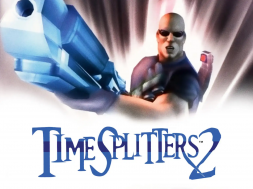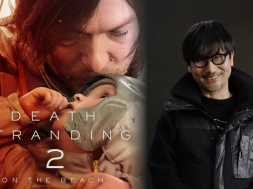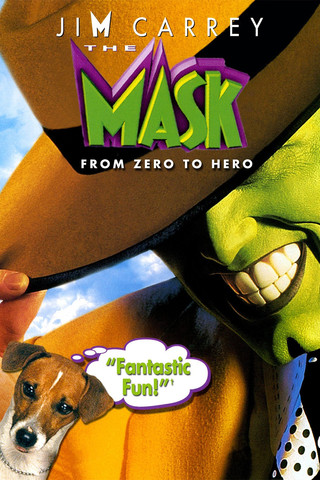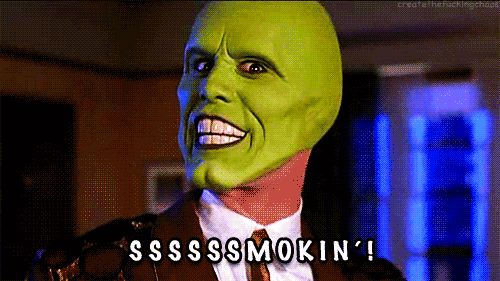Jim Carrey was a busy man in 1994. Not only did The Mask happen, but so did Dumb and Dumber and Ace Ventura: Pet Detective. It is literally the year that created the Jim Carrey we know, love and sometimes wish he would return to (but only sometimes.) The Mask, one of the finer comic book adaptations of the non-major publisher variety, was a smash hit during its run in theaters, making $350 million dollars worldwide and placing the film firmly into ‘cult classic’ status amongst geek culture fans. And if being part of the trilogy that bred Jim Carrey’s style of manic, feverish performance wasn’t enough, it was also the Hollywood debut of one Cameron Diaz, who would become one of its most recognizable leading ladies. In more ways than one, The Mask was a moment in time where coincidence was on the film’s side and quality actually equaled success.
It’s funny to watch a film like The Mask now, when we’re right on the verge of The Avengers: Age Of Ultron and fully-fledged X-Men and DC film-verses on their way. It’s hard to remember a time when comic book films simply weren’t the lucrative property they are now. Even with the cult status, The Mask is something of an odd bridging point in hindsight; not quite as camp as Howard The Duck, and certainly not as dark as Batman, the Dark Horse property is one of few comic book films of the time that stands on its own merits, no caveats, and effortlessly dashes between both the earnest human storyline and the outrageous, cartoony action sequences. Despite Blade coming out in 1998, there’s a strong case for The Mask being the first truly successful comic book film that held onto the formula of how we know them today.
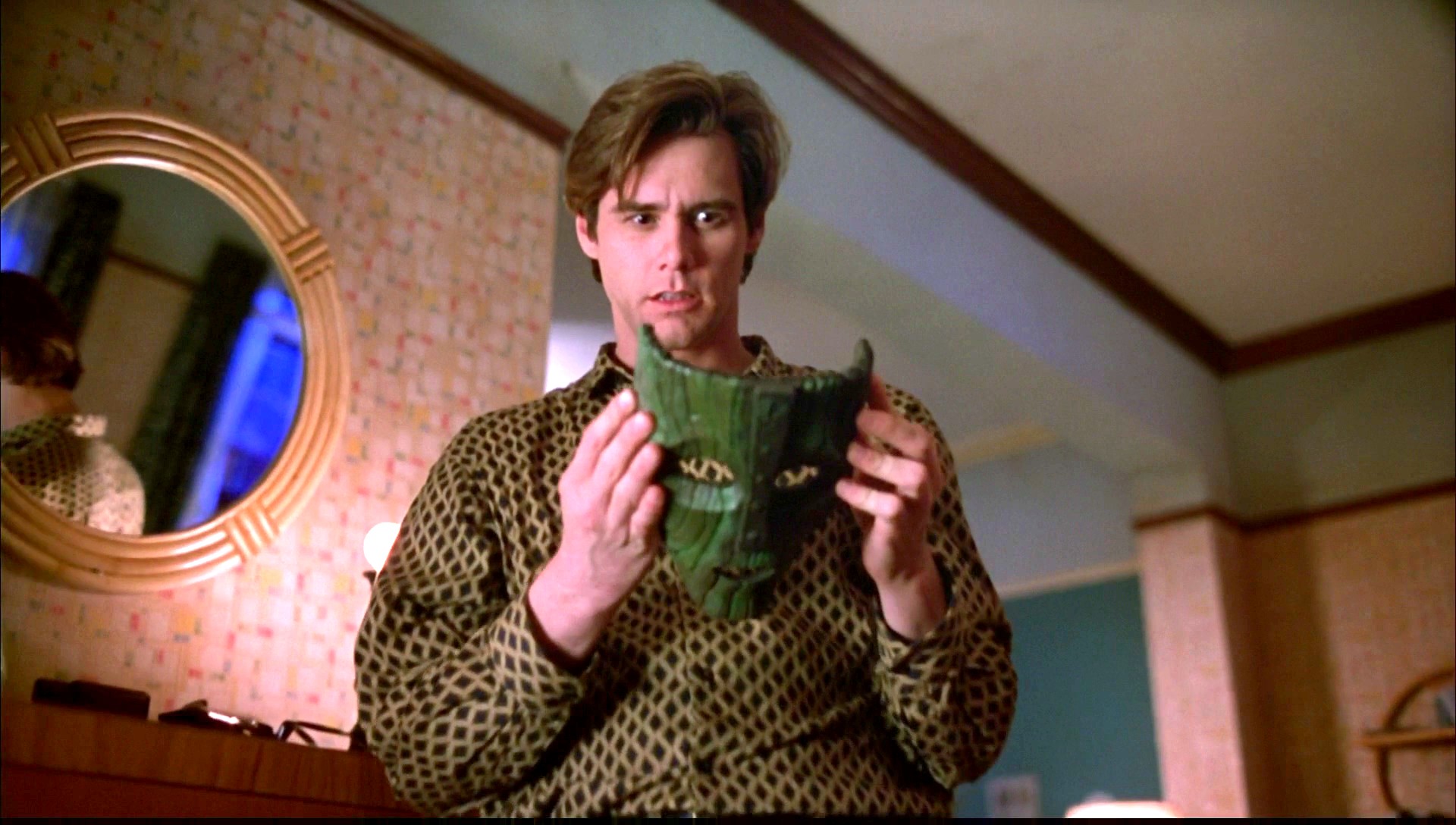 Having said that, there’s little chance it would be half as good if it wasn’t for the fact that Jim Carrey was put in the lead role. Taking on Stanley Ipkiss, a very standard, inner-city, approaching middle-age character whose down on his luck and a little hopeless, Jim exudes the double-standard that he would soon be lauded for. On the one hand you have Ipkiss, the flat, standard human into which Carrey breathes compassion, and on the other, you have the Mask, an absolute bombastic charade of narcissism and danger. Polar opposite ends of the scale, and yet Carrey slides between them both without a moment’s notice or hesitation, giving both the necessary flare in all the right places to keep the groove going.
Having said that, there’s little chance it would be half as good if it wasn’t for the fact that Jim Carrey was put in the lead role. Taking on Stanley Ipkiss, a very standard, inner-city, approaching middle-age character whose down on his luck and a little hopeless, Jim exudes the double-standard that he would soon be lauded for. On the one hand you have Ipkiss, the flat, standard human into which Carrey breathes compassion, and on the other, you have the Mask, an absolute bombastic charade of narcissism and danger. Polar opposite ends of the scale, and yet Carrey slides between them both without a moment’s notice or hesitation, giving both the necessary flare in all the right places to keep the groove going.
If you didn’t already know, The Mask is about Ipkiss, a mild-mannered, regular guy, who finds himself in possession of a mask that transformers into a yellow-suited, green-faced entity who can manipulate himself and his surroundings at will. The mask is imbued with the power of the Norse god Loki, so the film’s mythology goes, and it becomes Mask vs. Dorain Tyrell, an evil gangster, with the fate of the city at stake. Oh, and Cameron Diaz’s Tina is caught in the middle. In very typical 80s/90s fashion, there’s not a lot of stock to be put in the plot, it’s really just a sort of white noise between the characters and big sequences. But it’s in those characters and sequences that the film shows a very specific kind of heart.
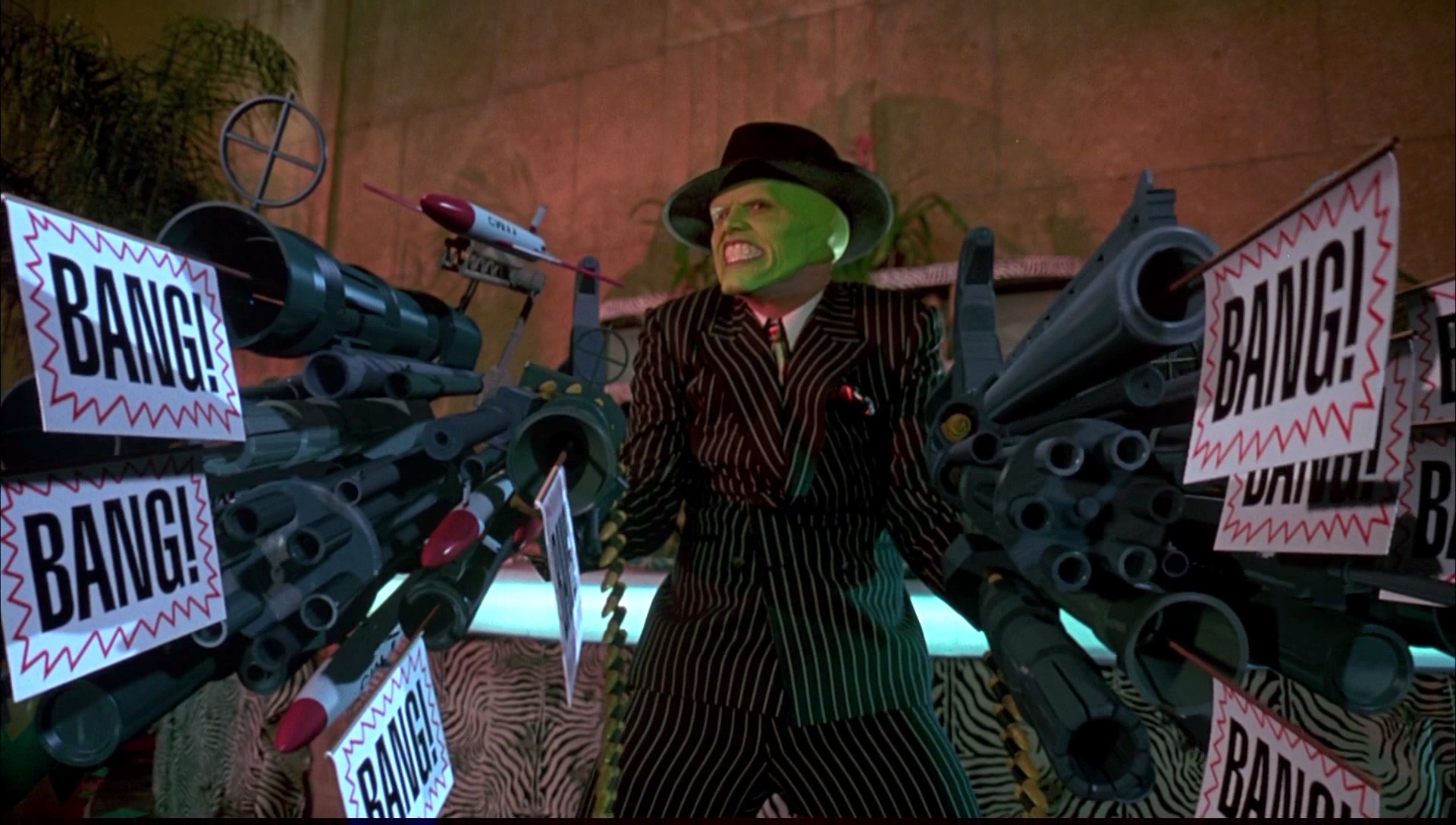 What makes The Mask interesting is not only the dichotomy of Ipkiss/Mask, but how this formula has been replicated, perhaps most succinctly in The Nutty Professor. In Eddie Murphy’s self-led ensemble comedy, he invents a formula to make himself thin, but creates an obnoxious persona in the process that envelopes him when he takes the serum. It mirrors almost verbatim the story beats of The Mask, just without the necessity of violence, even with a love interest being the fueling motive to try and enter a world the lead character feels unwelcome in, one in which he should dare to be confident and noticeable. Of course, as is the redemptive nature of these stories, the lead characters learns this confidence through becoming someone he isn’t and hating every last second of it, and perhaps when it was made is both a virtue and a hindrance to The Mask – if it was made now, it would surely not adhere to such sentiments as it wouldn’t need to to fill theaters.
What makes The Mask interesting is not only the dichotomy of Ipkiss/Mask, but how this formula has been replicated, perhaps most succinctly in The Nutty Professor. In Eddie Murphy’s self-led ensemble comedy, he invents a formula to make himself thin, but creates an obnoxious persona in the process that envelopes him when he takes the serum. It mirrors almost verbatim the story beats of The Mask, just without the necessity of violence, even with a love interest being the fueling motive to try and enter a world the lead character feels unwelcome in, one in which he should dare to be confident and noticeable. Of course, as is the redemptive nature of these stories, the lead characters learns this confidence through becoming someone he isn’t and hating every last second of it, and perhaps when it was made is both a virtue and a hindrance to The Mask – if it was made now, it would surely not adhere to such sentiments as it wouldn’t need to to fill theaters.
One of the greater problems that meant it took decades for us to get a working formula for comic book films is sincerity to the subject matter. There had to be a level at which the subject matter was revered to an extent, and The Mask has that. When I say it was a bridging point, it’s a point at which what was contained in the comics and what sold in theaters managed to co-exist somehow and make a surprisingly entertaining film. Sure, if you read The Mask comics, you’ll find a darker, grittier character, but sacrifices must always be made in the transition between mediums. Whatever the conclusion, The Mask gave us Jim Carrey, Cameron Diaz, and a nineties icon all-in-one.
0
0
